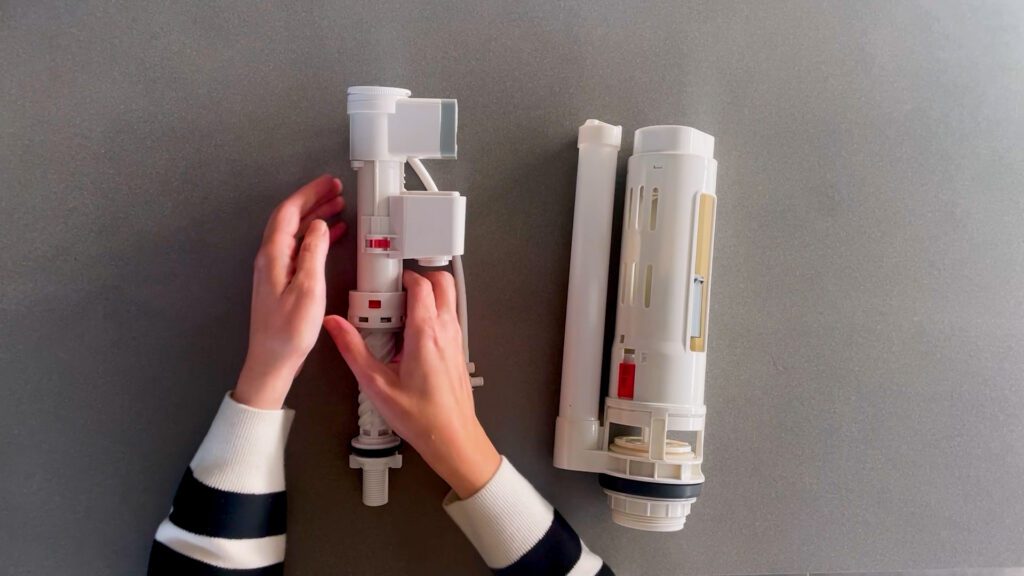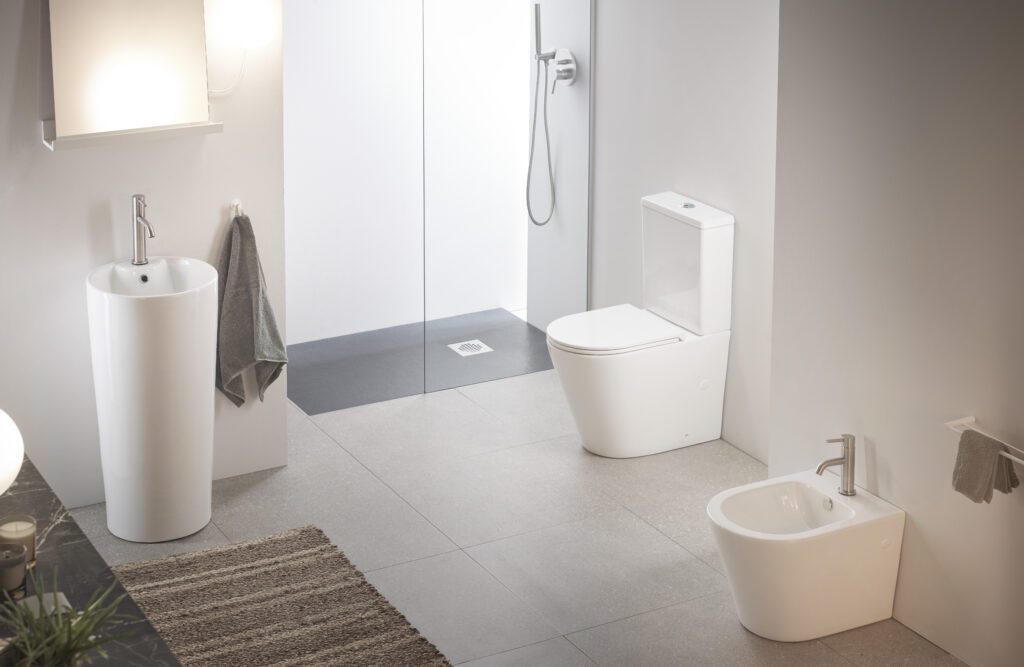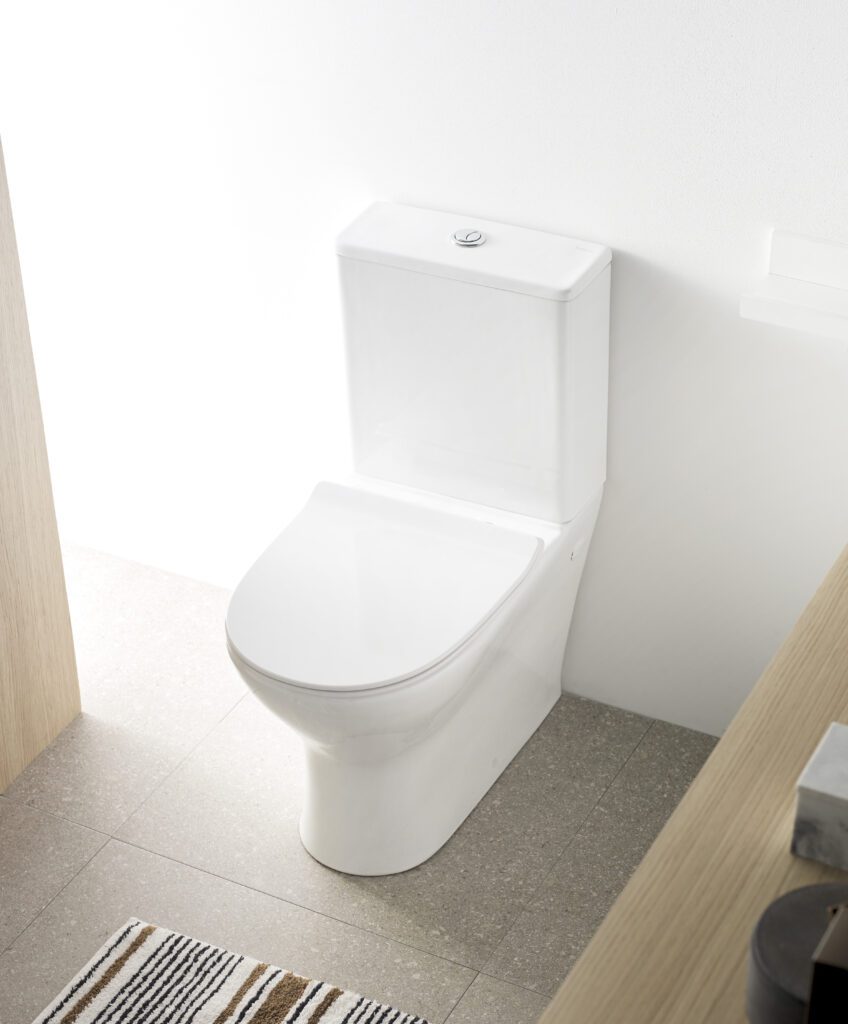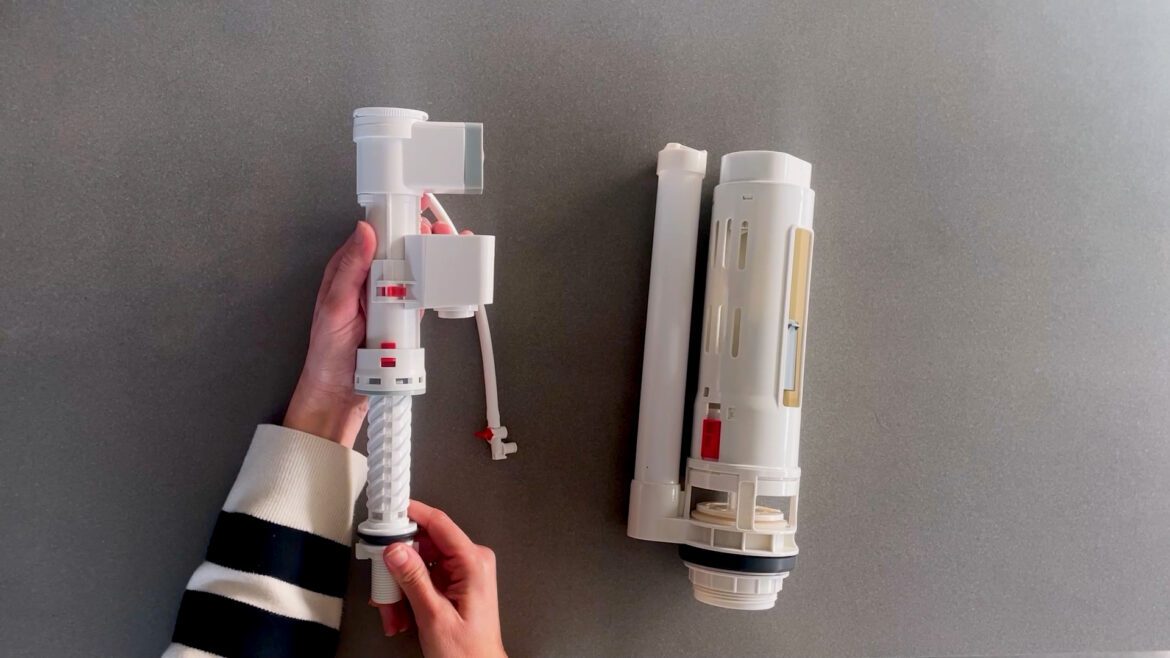According to data from the Aquae foundation, the simple act of flushing the toilet consumes an average of 33 liters of drinking water per day per household, which means that approximately one fifth of daily consumption goes down the toilet.
In a context marked by climate change and growing water scarcity, it seems crucial to prioritize the reduction of this type of waste both at the level of environmental policies and in our homes. But, did you know that it is possible to reduce water consumption with each emptying of the cistern with a few simple steps?
With just a few modifications to the internal mechanism of the tank and we will considerably reduce water consumption in the toilet and be more sustainable in our daily lives.

Starting from the fact that the technology of the double discharge volume buttons allows you to save more water – they allow you to adapt consumption by choosing the reduced discharge or the complete discharge -. Bathco toilets have a Sustainable Flush Certificate thanks to their mechanism, with which it is possible to save, in models such as the Antequera and the Sidney, the equivalent of a 2-liter bottle of water in each use, reaching the values discharge certified as sustainable:

- Full discharge: 4.1 liters
- Reduced discharge: 2.11 liters


How can we achieve these values to have a sustainable flush in our toilet?
Starting from the two main pieces that make up the cistern, we will regulate each element to the appropriate values for sustainable discharge.
By modifying the scale of the filling valve, we will vary the amount of water discharged from the tank.
On the other hand, the piece on the right is the discharge mechanism. The position of this piece regulates the half load, the higher it is, the less water comes out in the reduced one and we should place it in position 5.5.
Finally, this same piece has another tab that is used to regulate the amount of water that comes out when we press the large button and that we must position at 4.5.
With these variations, we will be able to significantly reduce our water consumption and be more ecological in our daily lives.





